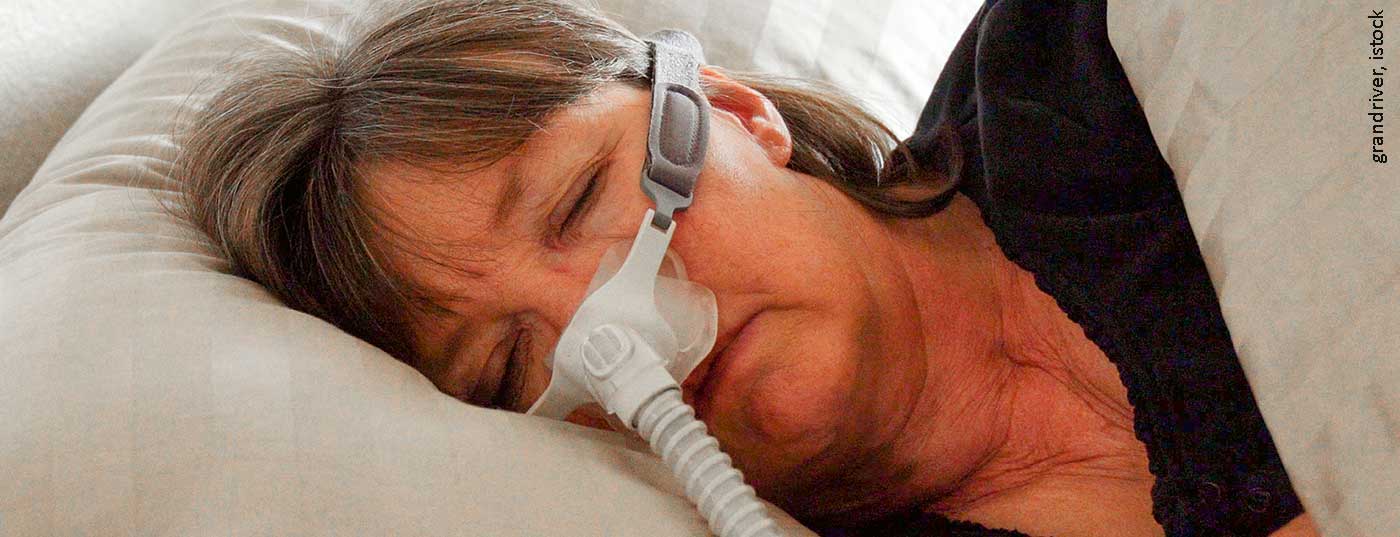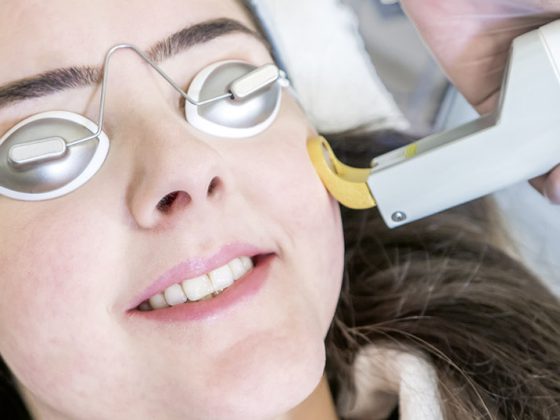Innovative and digital devices for sleep and ventilation therapy enable efficient and clinically qualitative care for people with sleep-related breathing disorders, COPD and other chronic diseases. Telemonitoring offers an alternative to doctor’s appointments, which is an important protective measure in the current phase of the corona pandemic.
Switzerland is still in an exceptional situation due to the coronavirus, even though the infection figures have dropped significantly compared to March/April. On the one hand, this is very encouraging, but on the other hand it could lead to less attention being paid to protective measures after the “lockdown”.
Minimize risk of infection for vulnerable group of people
There are certain groups of people for whom preventive measures against the reduced but not yet eliminated risk of infection can be vital. This is especially true for those who required mechanical respiratory support before the coronavirus outbreak. Several thousand people living in Switzerland are provided with ventilators at home, mainly people with respiratory diseases, such as advanced chronic obstructive pulmonary disease (COPD), pulmonary fibrosis, or patients with neuromuscular diseases, such as ALS, who are in urgent need of respiratory support. In addition, about 100,000 people are currently undergoing therapy for sleep apnea throughout Switzerland. If these patients also have risk factors known to be associated with coronavirus, such as diabetes, cardiovascular problems, or obesity, then they also belong to the risk group. Thus, to protect themselves from infection, these individuals should continue to stay at home or in protected environments as much as possible during the relaxation phase of the measures. At present, it is not yet possible to assess precisely to what extent the normalization of public life will influence the infection figures and thus also the risk of infection.
Digital solution as an alternative to the doctor’s appointment
Visiting a physician or homecare provider to review ventilator therapy is also a potential risk in the current situation for affected patients, as well as for caregivers. Digital applications available today enable remote care via telemonitoring, allowing patients to remain at home. Therapy problems, such as mask leaks or technical difficulties such as equipment defects, can be identified and corrected with additional telephone consultation with the patient and possible remote access. Thus, telemonitoring supports patient care and, at the same time, minimizes the risk of infection by requiring patients to visit the doctor only in urgent cases.
Progress monitoring through telemonitoring
Current therapy data as well as an evaluation over time can be of high relevance for patients but also for the treating medical staff. Telemonitoring provides seamless care while allowing physicians to intervene with patients where it is needed most. In the current situation, digital solutions help avoid unnecessary visits to the doctor and allow caregivers to significantly reduce the number of home visits. This significantly reduces the burden on the healthcare system and drastically reduces the risk of infection for patients. For more information, visit: www.ResMed.com
Source: ResMed
GP PRACTICE 2020; 15(7): 42
InFo PNEUMOLOGY & HEMATOLOGY 2020; 2(3): 32.











